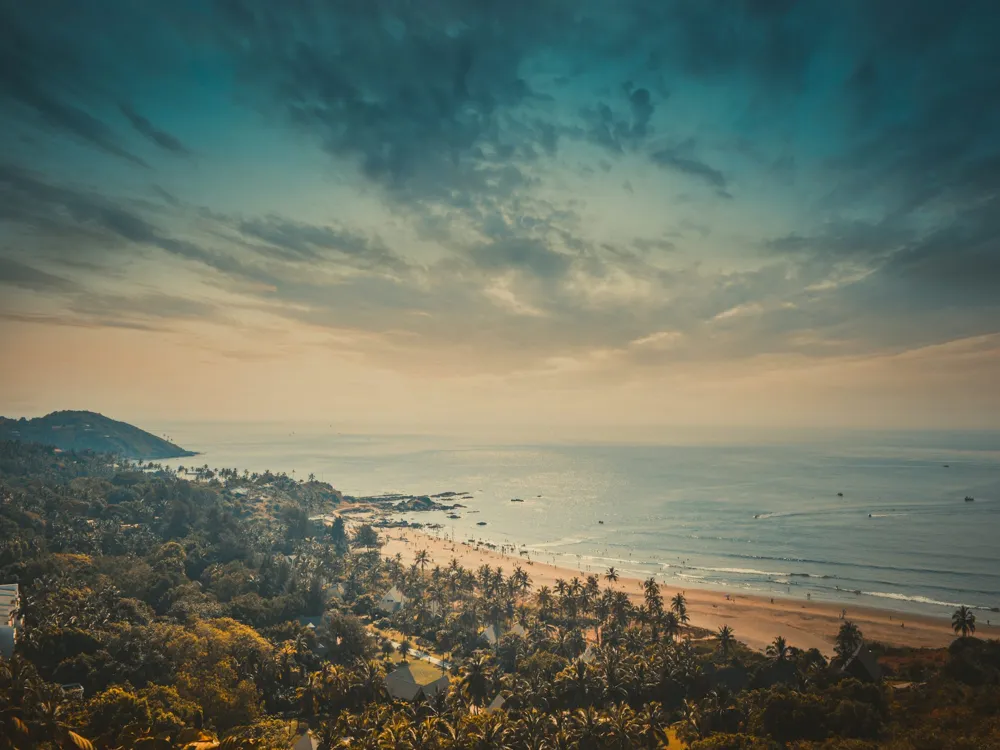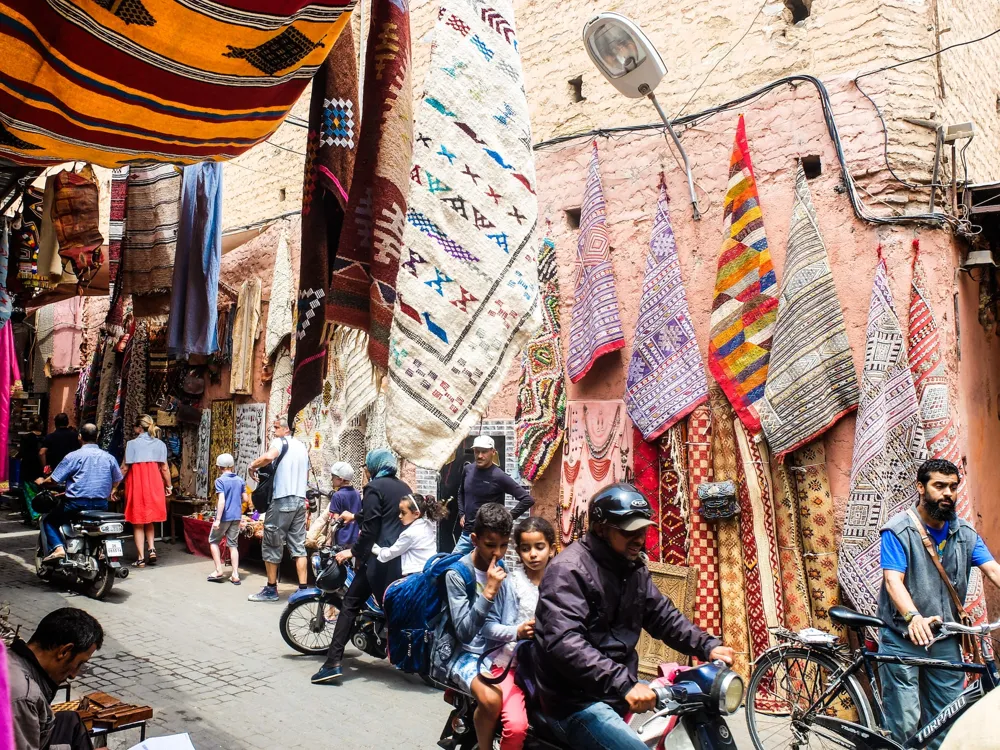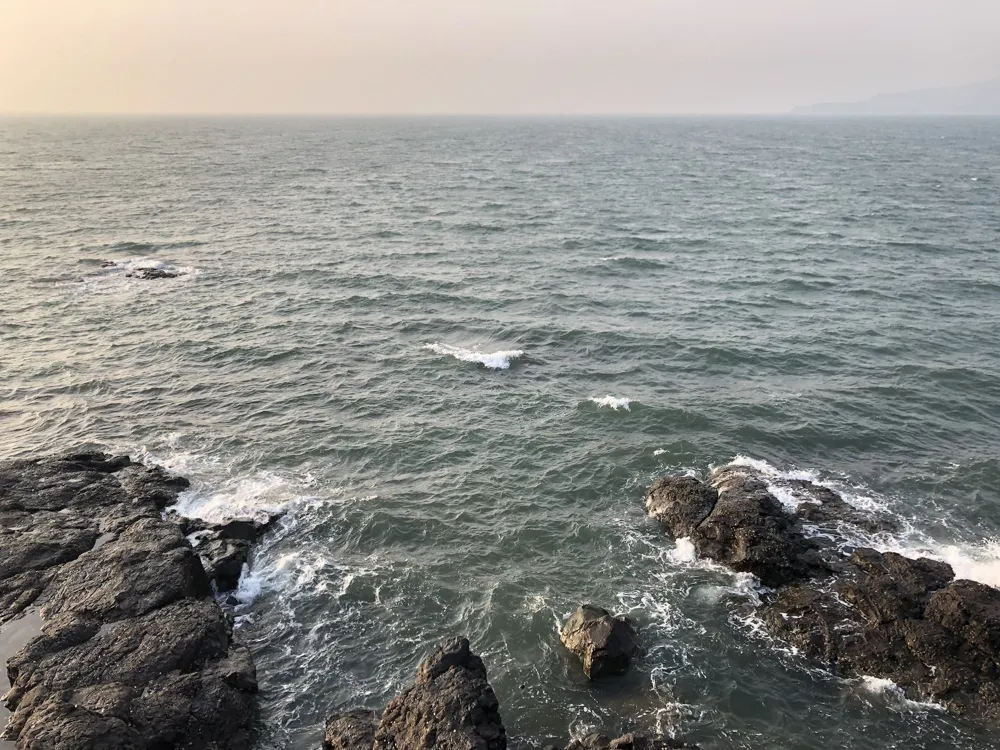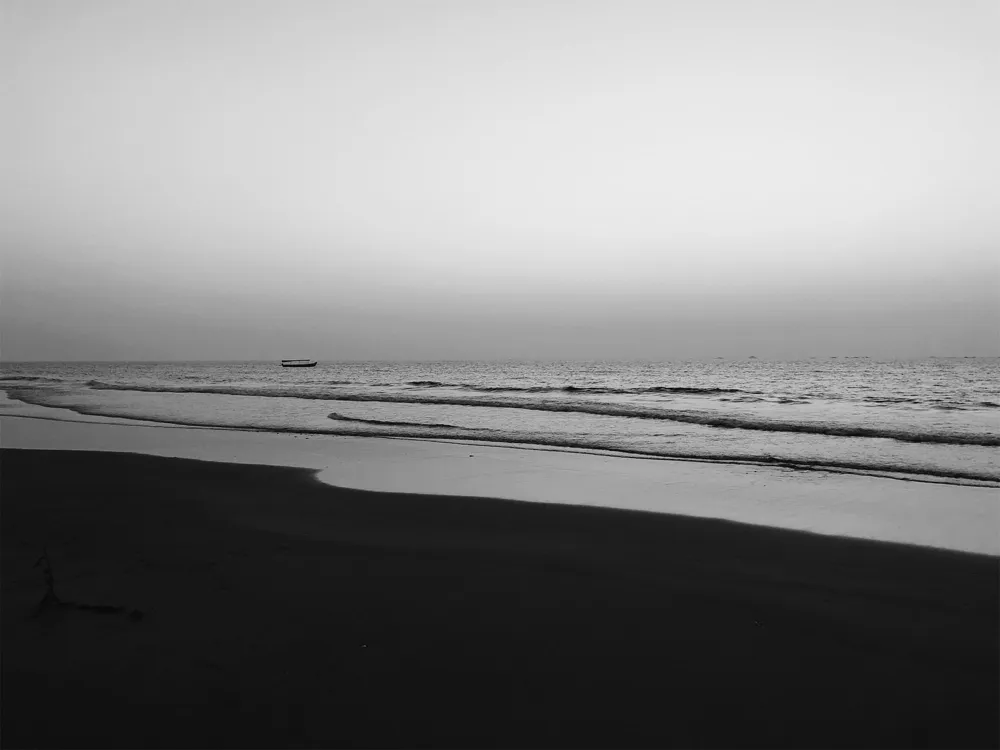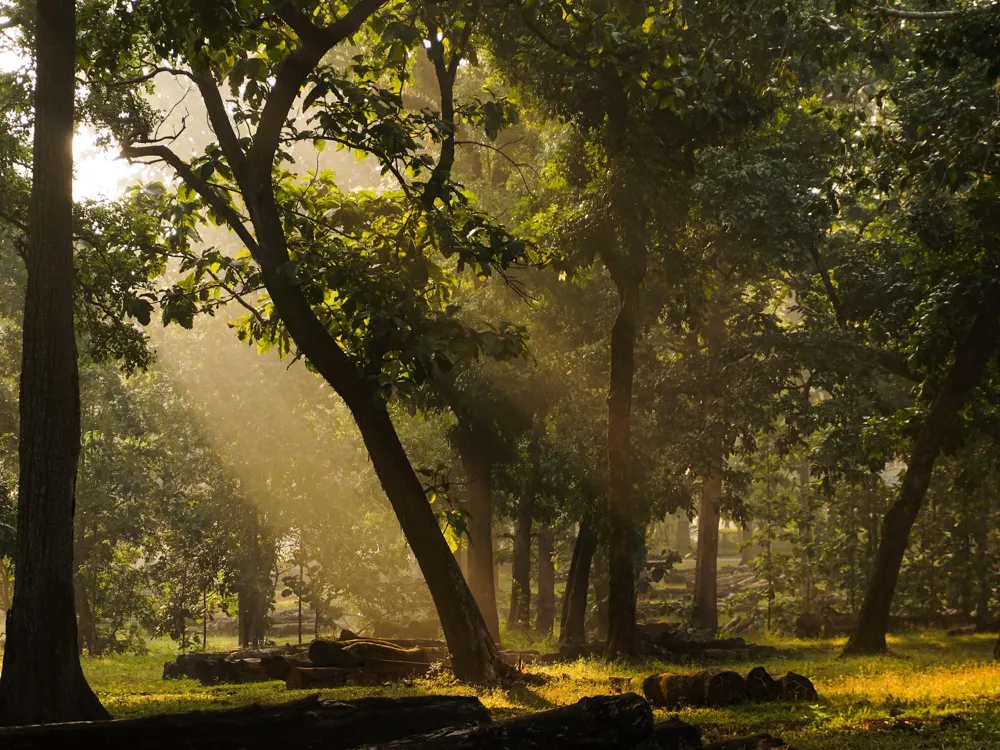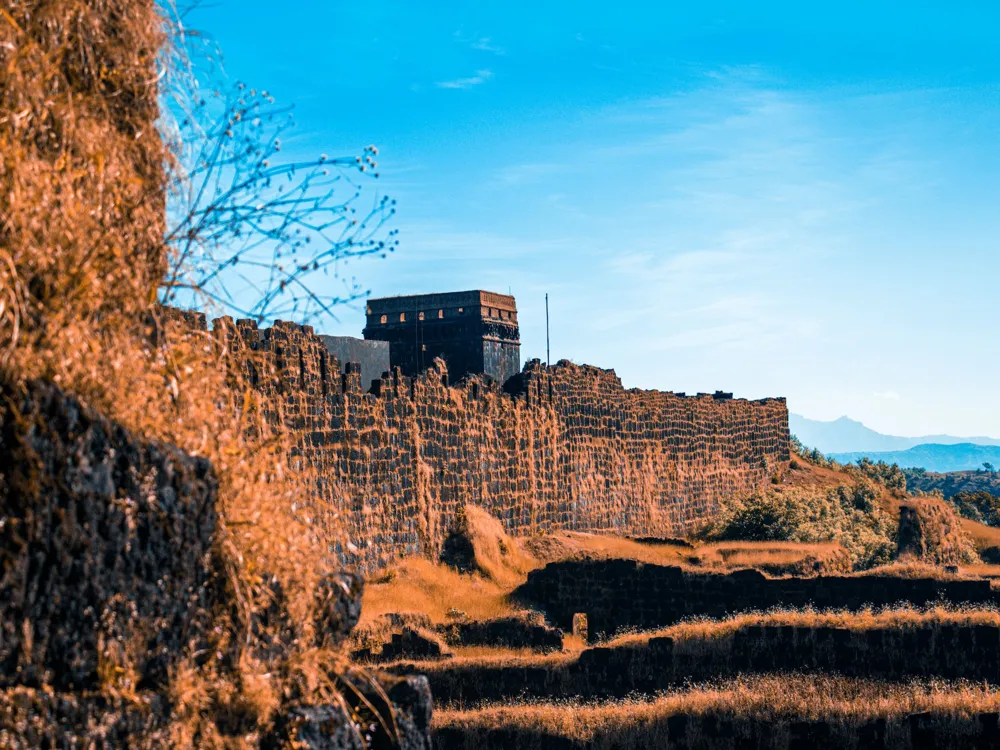The Church of St. Francis of Assisi in Panaji, Goa, stands as a magnificent testament to the rich historical and cultural tapestry of India. Established by the Portuguese in the 17th century, this church is a shining example of Baroque architecture. Its historical significance is deeply rooted in the Christianization efforts during the Portuguese rule in India. The Church of St. Francis of Assisi not only serves as a place of worship but also as a symbol of the fusion of different cultural and architectural influences. As visitors step into the church, they are greeted by a spectacular facade that showcases the intricate artistry of the time. The church's interior is equally impressive, featuring exquisite paintings and sculptures that depict various biblical scenes. The main altar, dedicated to St. Francis of Assisi, is a masterpiece of craftsmanship, adorned with carvings and gold. The church also houses a museum, which contains artifacts, sculptures, and paintings, offering a glimpse into Goa's rich history and the church's role in it. The Church of St. Francis of Assisi in Panaji is an architectural marvel, blending various styles and influences. Its structure is predominantly Baroque with noticeable Gothic elements. The facade of the church is its most striking feature, characterized by its detailed carvings, rosette windows, and beautifully crafted statues. As one enters the church, the intricacies of the Baroque style become even more apparent. The interior of the church is adorned with ornate altars, each telling a different story through its design and decoration. The main altar, dedicated to St. Francis of Assisi, is a stunning display of craftsmanship, with its elaborate wood carvings and gold-plated embellishments. The frescoes and paintings on the walls and ceiling add to the church's grandeur, illustrating biblical scenes and the life of St. Francis of Assisi. Visitors should dress modestly when visiting the Church of St. Francis of Assisi. Covering shoulders and knees is recommended to respect the sanctity of the place. While photography may be allowed in some areas, it is important to look for signs or inquire with the church authorities. Flash photography is usually discouraged inside the church. Opting for a guided tour can enhance the experience, providing insights into the church's history, architecture, and religious significance. The best time to visit the Church of St. Francis of Assisi is during the cooler months from November to February. Early mornings or late afternoons are ideal to avoid the heat and the crowds. Being aware of and respecting local customs and traditions is important. Engaging with locals respectfully can enrich your visit. The Church of St. Francis of Assisi is easily accessible from different parts of Goa. Visitors can opt for various modes of transportation such as buses, taxis, or even renting a bike. The church is located in Panaji, the state capital, making it well-connected and easy to reach. For those coming from outside Goa, the nearest airport is the Goa International Airport. From there, one can hire a taxi or take a bus to Panaji. For those traveling by train, the nearest railway stations are Karmali and Madgaon, from where taxis or local buses can be taken to reach the church. Read More: Overview of Church of St. Francis of Assisi in Panaji, Goa
Architecture of Church of St. Francis of Assisi
Tips When Visiting Church of St. Francis of Assisi
Dress Code
Photography Rules
Guided Tours
Best Time to Visit
Local Customs
How to Reach Church of St. Francis of Assisi
Church of St Francis of Assisi
Panaji
Goa
NaN onwards
View goa Packages
Weather :
Tags : Church & Cathedral
Time Required : 1-2 hours
Church Timings : Monday - Saturday: 7:30 AM - 6:30 PM
Museum Timings: : Monday - Sunday: 9:00 AM - 12:00 PM, 3:00 PM - 6:30 PM
Planning a Trip? Ask Your Question
Goa Travel Packages
View All Packages For Goa
Top Hotel Collections for Goa

Private Pool

Luxury Hotels

5-Star Hotels

Pet Friendly
Top Hotels Near Goa
Other Top Ranking Places In Goa
View All Places To Visit In goa
View goa Packages
Weather :
Tags : Church & Cathedral
Time Required : 1-2 hours
Church Timings : Monday - Saturday: 7:30 AM - 6:30 PM
Museum Timings: : Monday - Sunday: 9:00 AM - 12:00 PM, 3:00 PM - 6:30 PM
Planning a Trip? Ask Your Question
Goa Travel Packages
View All Packages For Goa
Top Hotel Collections for Goa

Private Pool

Luxury Hotels

5-Star Hotels

Pet Friendly











